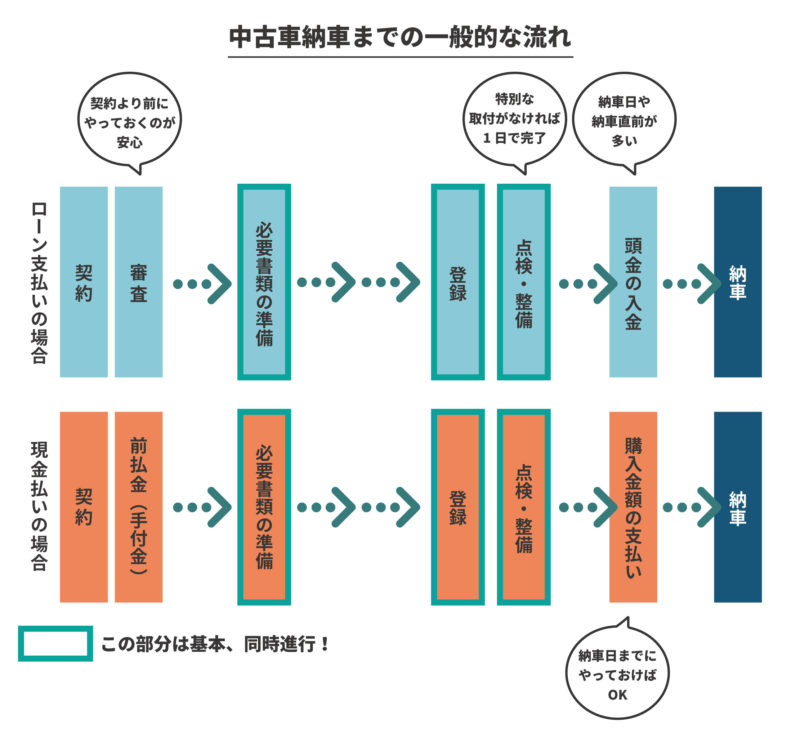Recursively Change the File's Permissions # To recursively operate on all files and directories under the given directory, use the R (recursive) option For example, to change the permissions of all files and subdirectories under the /var/www directory to 755 you would use chmod R 755 /var/www Operating on Symbolic Links # Symbolic links It is common to use the basic chmod command to change the permission of a single file However, you may need to modify the permission recursively for all files within a directory In such cases, the chmod recursive option (R or recursive) sets the permission for a directory (and the files it contains) How to Use chmod Command Let's say we want to change Linux file permissions from rwxrwrw to rwxr–r– Simply enter this line chmod 744 file name By executing this command, the owner can read, write, and execute the file ( rwx ) However, group and others are only allowed to read ( r– )

Chmod 777 In Terminal The Command To Make All Changes Affect Every File And Folder Ask Ubuntu
Chmod command is used to change permissions in linux











































